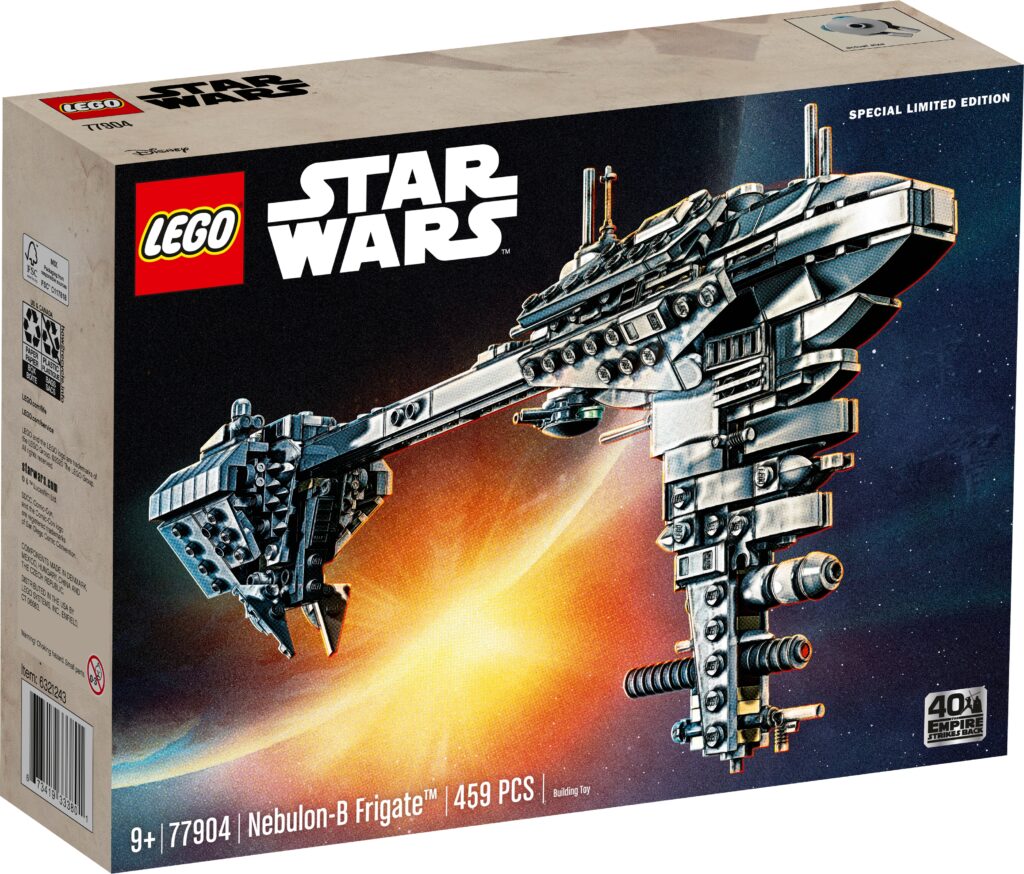
AT-AT, Amazon Giappone ci mostra le immagini del set LEGO Star Wars (codice 75288) - Blogrecensioni.it

LEGO 75348 Star Wars Fang Fighter Mandaloriano vs TIE Interceptor, Set con Modellini da Costruire, Gioco per Bambini con 3 Minifigure, Droide e Darksaber, Idea Regalo : Amazon.it: Giochi e giocattoli

AT-AT, Amazon Giappone ci mostra le immagini del set LEGO Star Wars (codice 75288) - Blogrecensioni.it

LEGO 75326 Star Wars La Sala del Trono di Boba Fett, Palazzo di Jabba con 7 Minifigure Guerre Stellari, Giochi per Bambini dai 9 Anni in su : Amazon.it: Giochi e giocattoli




![LEGO Star Wars Clone Trooper Battle Pack 7913 [Toy] (japan import) : Amazon.it: Giochi e giocattoli LEGO Star Wars Clone Trooper Battle Pack 7913 [Toy] (japan import) : Amazon.it: Giochi e giocattoli](https://images-eu.ssl-images-amazon.com/images/I/81FOrPxJMUL._AC_UL210_SR210,210_.jpg)

















